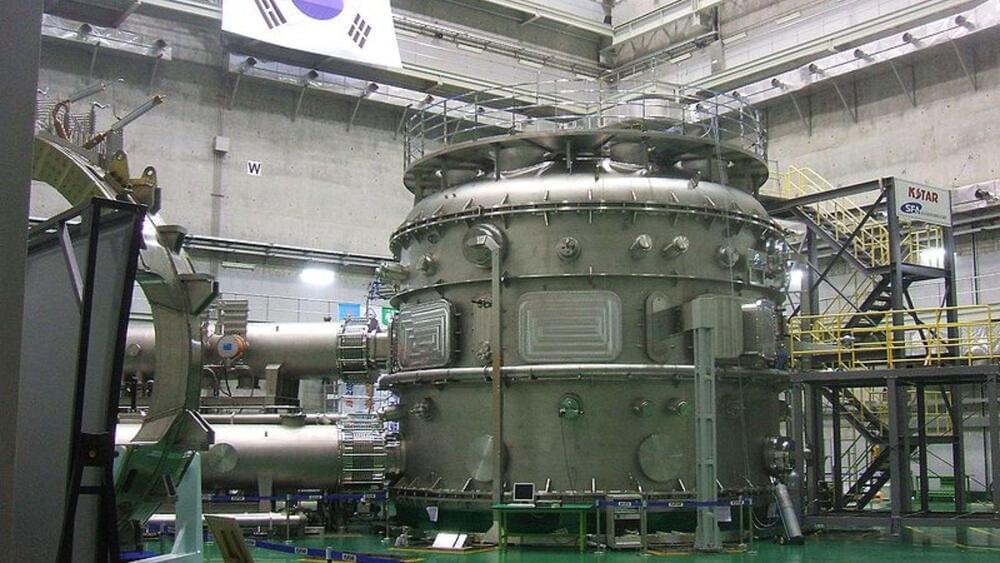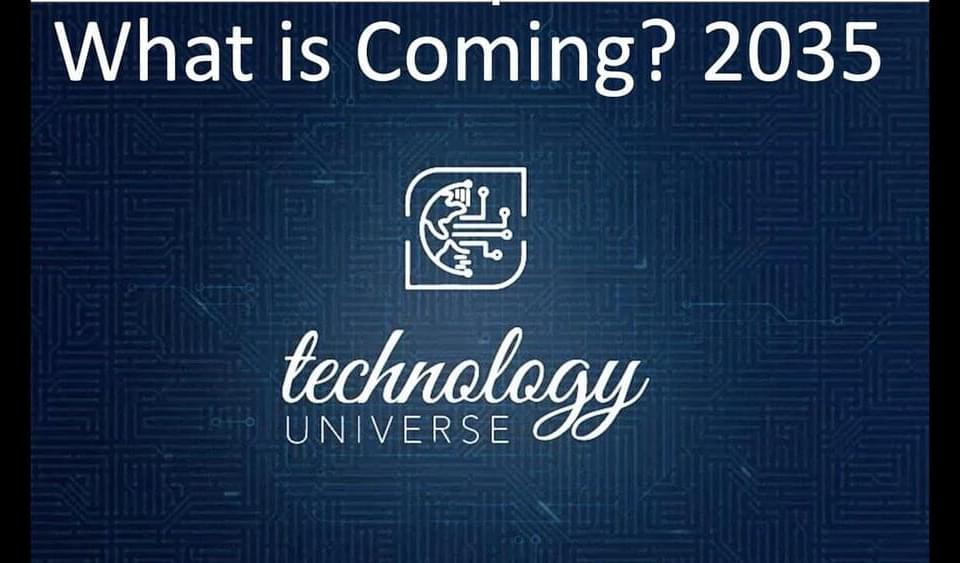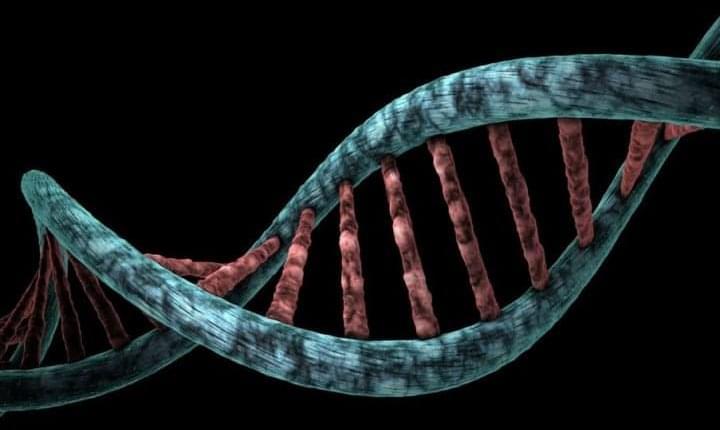GlucoRx and Cardiff University are set to bring out the world’s first non-invasive continuous glucose monitor (CGM) in what they say will herald a new era of needle-free monitoring for people with diabetes.
A fundamental discovery concerning a driver of healthy development in embryos might rewrite our understanding of what we can inherit from our parents and how their life experiences shape us. The new study reveals that epigenetic information, which sits on top of DNA
DNA, or deoxyribonucleic acid, is a molecule composed of two long strands of nucleotides that coil around each other to form a double helix. It is the hereditary material in humans and almost all other organisms that carries genetic instructions for development, functioning, growth, and reproduction. Nearly every cell in a person’s body has the same DNA. Most DNA is located in the cell nucleus (where it is called nuclear DNA), but a small amount of DNA can also be found in the mitochondria (where it is called mitochondrial DNA or mtDNA).
Before the first clinical symptoms appear, Alzheimer’s.
Alzheimer’s disease is a disease that attacks the brain, causing a decline in mental ability that worsens over time. It is the most common form of dementia and accounts for 60 to 80 percent of dementia cases. There is no current cure for Alzheimer’s disease, but there are medications that can help ease the symptoms.
The defining feature of a Bose-Einstein condensate is that its atoms behave very differently from what we normally expect. Instead of acting as independent particles, they all have the same (very low) energy and are coordinated with each other.
This is similar to the difference between photons (light particles) coming from the Sun, which may have many different wavelengths (energies) and oscillate independently, and those in laser beams, which all have the same wavelength and oscillate together.
In this new state of matter, the atoms act much more like a single, wave-like structure than a group of individual particles. Researchers have demonstrated wave-like interference patterns between two different Bose-Einstein condensates and even produce moving “BEC droplets.” The latter can be considered the atomic equivalent of a laser beam.
This video covers the world in 3,000 and its future technologies. Watch this next video about the world in 10,000 A.D.: bit.ly/373KvDr.
► Support This Channel: https://www.patreon.com/futurebusinesstech.
► Udacity: Up To 75% Off All Courses (Biggest Discount Ever): https://bit.ly/3j9pIRZ
► Brilliant: Learn Science And Math Interactively (20% Off): https://bit.ly/3HAznLL
► Jasper AI: Write 5x Faster With Artificial Intelligence: https://bit.ly/3MIPSYp.
SOURCES:
• https://www.futuretimeline.net.
• The Future of Humanity (Michio Kaku): https://amzn.to/3Gz8ffA
• The Singularity Is Near: When Humans Transcend Biology (Ray Kurzweil): https://amzn.to/3ftOhXI
• Physics of the Future (Michio Kaku): https://amzn.to/33NP7f7
Patreon Page: https://www.patreon.com/futurebusinesstech.
Official Discord Server: https://discord.gg/R8cYEWpCzK
💡 On this channel, I explain the following concepts:
• Future and emerging technologies.
• Future and emerging trends related to technology.
• The connection between Science Fiction concepts and reality.
SUBSCRIBE: https://bit.ly/3geLDGO
Disclaimer:
This mini documentary takes a look at Elon Musk and his thoughts on artificial intelligence. Giving examples on how it is being used today — from Tesla cars to Facebook, and Instagram. And what the future of artificial intelligence has in store for us — from the risks and Elon Musk’s Neuralink chip to robotics.
The video will also go over the fundamentals and basics of artificial intelligence and machine learning. Breaking down AI for beginners into simple terms — showing what is ai, along with neural nets.
Elon Musk’s Book Recommendations (Affiliate Links)
• Life 3.0: Being Human in the Age of Artificial Intelligence https://amzn.to/3790bU1
• Our Final Invention: Artificial Intelligence and the End of the Human Era.
https://amzn.to/351t9Ta.
• Superintelligence: Paths, Dangers, Strategies.
https://amzn.to/3j28WkP
Other topics covered in this video include:
A talk for the international audience of Technology Universe (https://technologyuniverse.net/) by futurist Brian Wang.
Other videos by Brian Wang on Space, Replicating factories, future teslabots and antiaging.
Fully and Rapidly Replicable Factories — the Most Important Product Ever.
Brian Wang interviews Aubrey de Grey.
Megapixel Images of the surface of other worlds.
SpaceX will get to hourly rocket launches within 4 Years.
On behalf of Mind Matters News, I listen and ask some questions about just how the enduring self — the thing we are most sure of — could be an illusion.
The findings also point to possible directions for treatment of the disease.
The results are published Sept. 6 in the journal Neuron.
Almost half the human genome is comprised of transposable elements, long and short stretches of DNA called “jumping genes” for their ability to move from one location of the genome to others. Once called “junk” DNA, these transposable sequences have been shown to play crucial regulatory roles in many biological functions. Once they fulfill these myriad roles, molecular regulators usually silence their expression.









